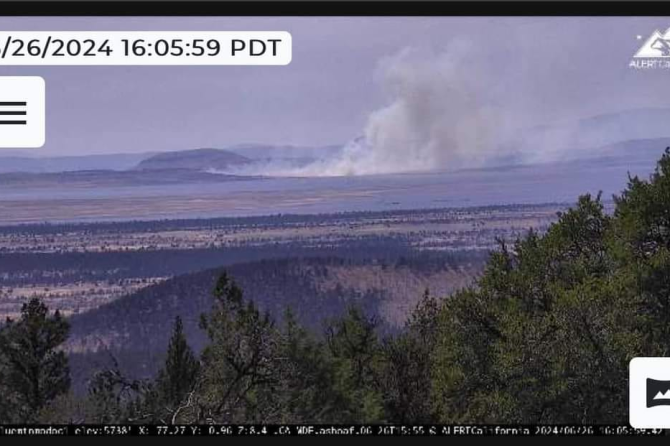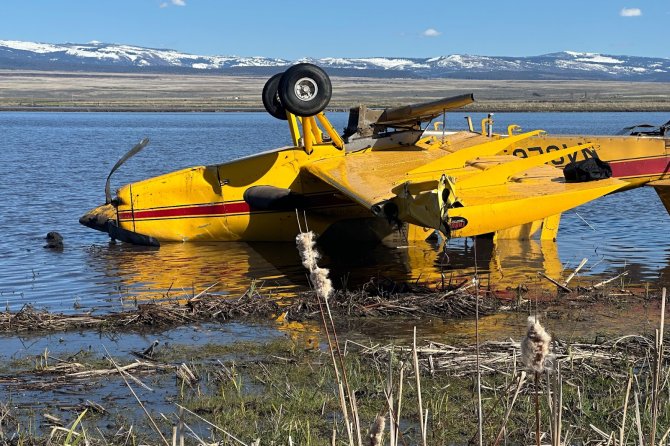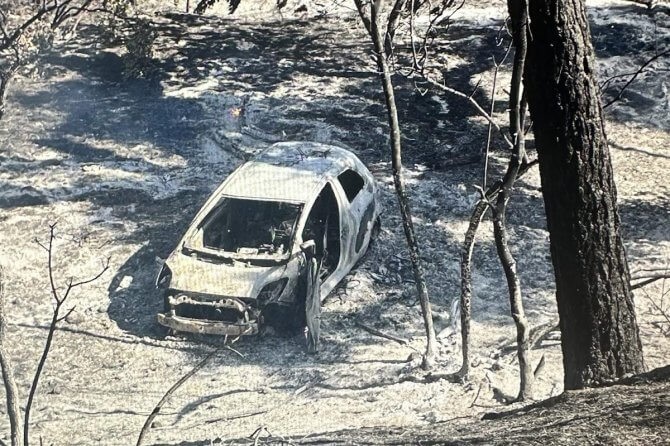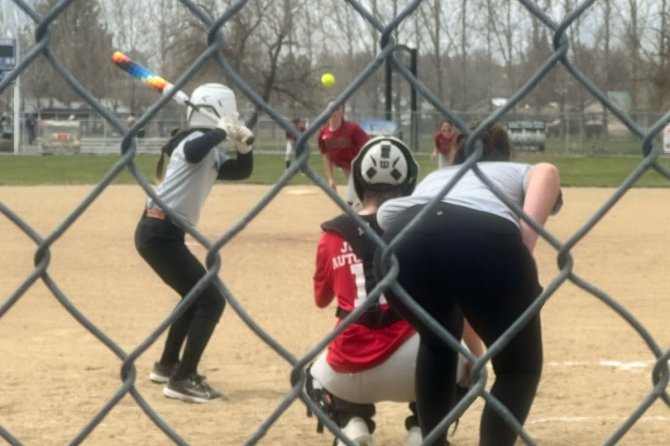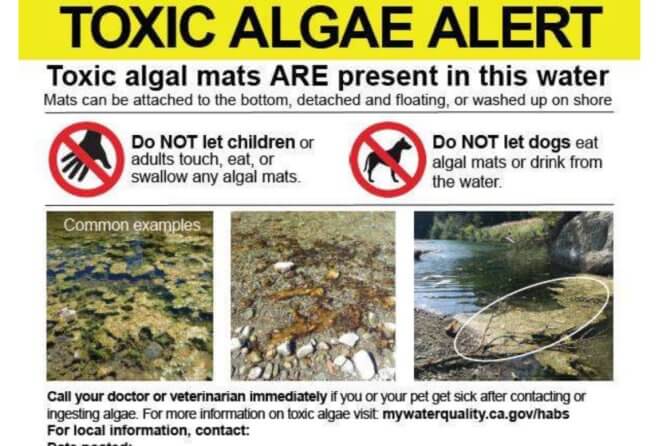As temperatures rise and the sun blazes down, staying hydrated becomes more crucial than ever. This last weekend many cases of heat stroke and dehydration are on the rise. Dehydration can lead to serious health issues, especially during dangerous hot weather. Whether you’re working outside, exercising, or just trying to stay cool, here are essential tips to keep you hydrated and safe.
Water is vital for maintaining body temperature, lubricating joints and transporting nutrients. In hot weather, your body loses water more rapidly through sweat. If this lost fluid is not replenished, dehydration can set in, leading to heat-related illnesses like heat exhaustion and heat stroke.
Knowing the signs of dehydration can help you take action before it becomes severe. Common symptoms include thirst, dry mouth, dark yellow urine, fatigue, dizziness and confusion.
As temperatures are now reaching over 100 degrees it’s important to prevent dehydration or heat stroke before it occurs. Aim to drink at least eight glasses of water a day. In hot weather, increase this amount based on your activity level and how much you sweat. Having an insulated water bottle nearby is a great way to ensure you are staying cool and hydrated. Make sure to consume water rich fruits and vegetables like watermelon, cucumber, oranges and strawberries that have high water content and can contribute to your hydration needs. Try to avoid drinking caffeine and alcohol on extreme heat days. Both can dehydrate you. If you do consume these beverages, make sure to drink extra water to compensate. A good way to remember to hydrate is to set a reminder for yourself. If you often forget to drink water, set reminders on your phone or use hydration apps to keep track of your intake. If possible, avoid being outdoors during the hottest parts of the day, usually between 10 a.m. and 4 p.m. When working or exercising outside, take regular breaks in shaded areas to cool down and drink water. If you’re sweating heavily, water alone might not be enough. Sports drinks or electrolyte tablets can help replenish lost salts and minerals. Children, the elderly, and those with chronic illnesses are more susceptible to dehydration. Ensure they have access to plenty of fluids and are monitored closely during hot weather.
Just like humans, animals are also at risk during extreme heat. Pets, livestock and wildlife can suffer from dehydration, heat exhaustion and heat stroke. Here are some tips to keep animals safe:
Provide ample water: Ensure that pets and livestock have access to clean, fresh water at all times. Refill their water bowls frequently and consider adding ice to keep it cool.
Create shady areas: Make sure animals have access to shaded areas where they can escape the direct sunlight. Use tarps, trees or shelters to provide shade.
Limit exercise: Avoid exercising pets during the hottest parts of the day. Take them for walks early in the morning or late in the evening when temperatures are cooler.
Never leave animals in cars: Even with the windows cracked, the temperature inside a car can quickly become deadly. Never leave pets in a parked vehicle.
Watch for signs of heat stress: Symptoms of heat stress in animals include excessive panting, drooling, weakness, vomiting and collapse. If you notice any of these signs, move the animal to a cooler area immediately and provide water. Contact our local veterinarian if the symptoms persist.
It’s also to be aware when you take your animal for a walk or are outside how hot the ground may be for them to walk on. A good rule of thumb is if it’s too hot for you to walk on, then your furry friend shouldn’t either.
Staying hydrated in dangerous hot weather is not just about comfort; it’s about health and safety for both humans and animals. By following these tips, you can help prevent dehydration and protect yourself, your loved ones, and your pets from the dangers of extreme heat. When the temperature rises, your water intake should, too. Stay cool, stay hydrated, and stay safe.


